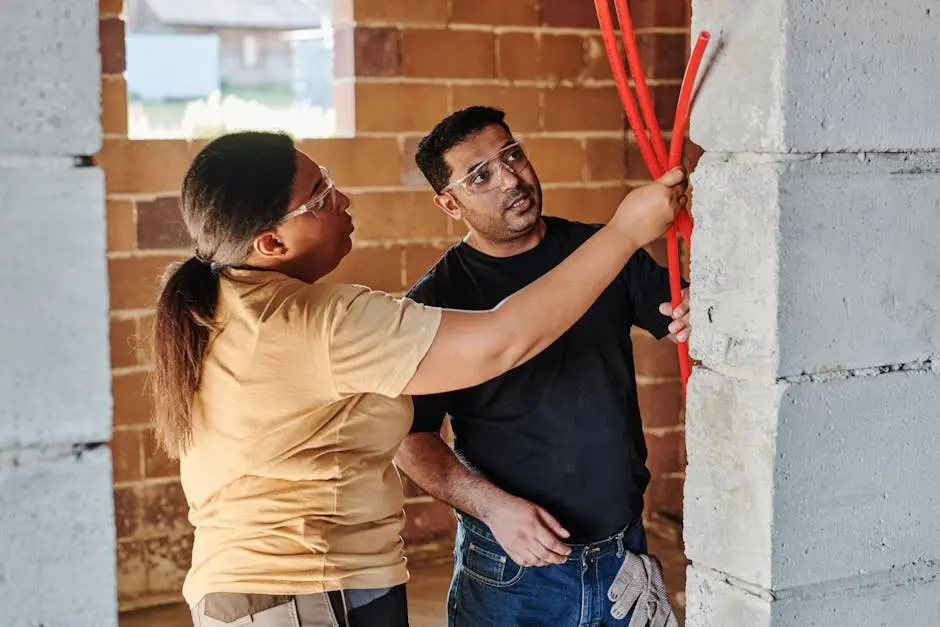Gas safety is paramount for landlords who value the well-being of their tenants and the integrity of their properties. Ensuring that installations and appliances are in top-notch condition can prevent accidents and ease the mind of both landlord and tenant alike. Here’s how landlords can quickly and efficiently carry out crucial safety checks.
1. Regular Inspection of Gas Appliances
Set a schedule to routinely check the condition of gas appliances, ensuring they are functional and show no signs of wear and tear. This includes examining gas stoves, heaters, and boilers to ensure that all are in proper working order. Early detection of minor issues can prevent major problems in the future. Many landlords opt for quarterly inspections to ensure any emerging faults are caught early, mitigating risks and potential legal implications.
Take the time to create a checklist for each inspection. This can help maintain consistency and ensure no small detail is overlooked. It’s often the small components that may wear out faster than anticipated, leading to larger issues if ignored. Visibility and access to appliance connections should be a priority, as hidden issues can evade detection until it’s too late.
2. The Importance of Professional Servicing
Ensure all gas appliances are serviced annually by a qualified professional to maintain optimal safety standards. A certified engineer can not only perform the necessary checks but also offer expert advice on improving and maintaining gas safety within the property. Utilizing a professional service ensures compliance with legal regulations and promotes peace of mind for both landlords and tenants.
3. Understanding the Signs of Gas Leaks
Learning to identify early indicators of gas leaks, such as a distinct smell of gas, hissing sounds near appliances, or an unusual increase in gas bills, is crucial. Immediate action can help avert disaster. Encourage tenants to be vigilant and report any signs of leaks promptly. Providing them with essential information on recognizing signs of leaks is key. Regular tenant communications can include reminders about these warning signs, ensuring they are well-informed and proactive.
4. Carbon Monoxide Detector Installation
Install carbon monoxide detectors in key areas to alert tenants to the presence of this odorless, deadly gas. Detectors should be placed in living areas and near bedrooms to ensure tenants are alerted, even in their sleep. Regularly check the functionality of these devices and replace batteries as needed to ensure continuous protection.
5. Verification of Gas Safety Certificates
Keep up-to-date records of gas safety certificates and ensure that all checks and services are documented thoroughly. This paper trail is not only a legal requirement but also serves as a record of your commitment to maintaining a safe property. Sharing copies with tenants builds trust and assures them that safety concerns are taken seriously. Landlords must provide tenants with a gas safety record within 28 days of the check, as stipulated by the regulations.
In addition to keeping your copies organized, offering electronic versions to tenants can promote convenience and enhance communication. Digital formats provide an easy way for both parties to access important documents when needed, helping to resolve potential disputes efficiently.
6. Proper Ventilation in Gas-Powered Areas
Confirm that all areas using gas are well-ventilated to prevent the buildup of harmful gases. Proper ventilation systems should be installed and regularly checked as part of your routine inspection to ensure they are free from blockages or damage. Encourage tenants to be mindful of ventilation, especially when using gas appliances. Keep windows in kitchens and bathrooms clear from obstructions to allow natural airflow.
7. Clear Tenant Communication
Educate tenants on gas safety protocols and emergency procedures to encourage prompt reporting of any issues. This can include information guides in move-in packets, covering everything from the location of carbon monoxide detectors to the procedure for reporting leaks. Open and clear communication not only increases tenant confidence but also creates a collaborative effort in ensuring safety.
Implement regular reminders about gas safety responsibilities through newsletters or emails. Using resources like tenant meetings or workshops can further establish a culture of awareness and care that can reduce risks and enhance safety for everyone involved.










